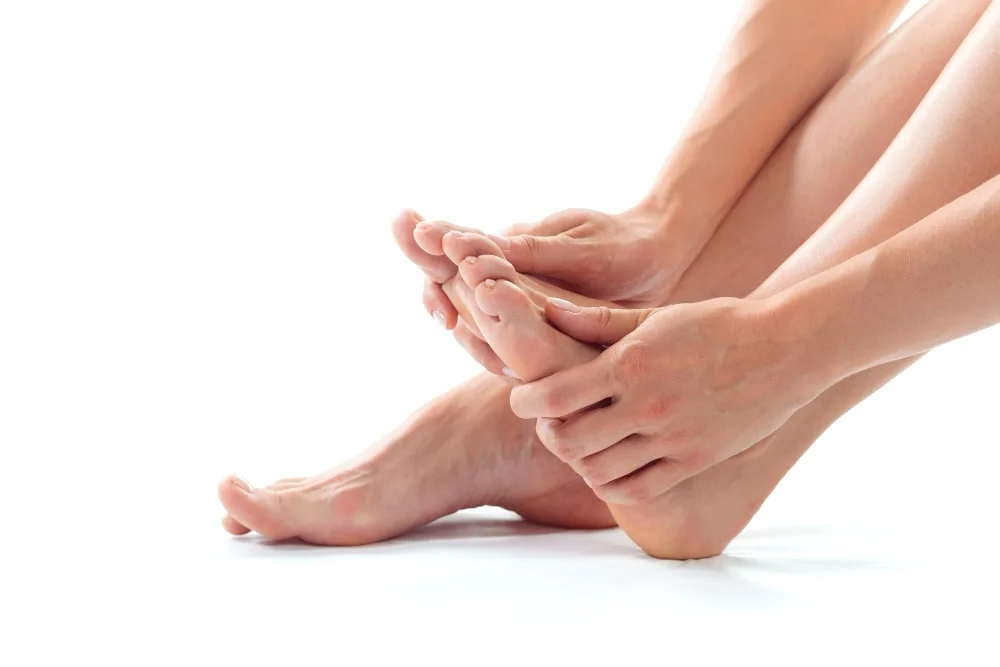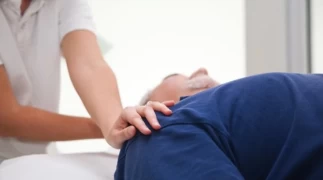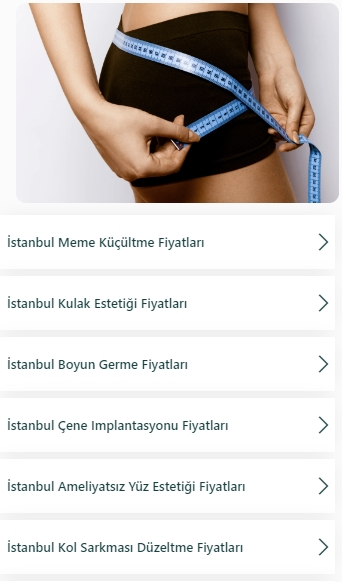
Numbness During Morton’s Neuroma Attacks
- Numbness During Morton’s Neuroma Attacks
- What is Morton’s Neuroma?
- Why Does Numbness Occur During Attacks?
- Diagnostic Process in Patients Presenting with Numbness
- My Physical Therapy and Rehabilitation Approach
- Numbness Should Not Be Taken Lightly
As a Physical Medicine and Rehabilitation specialist, I frequently encounter nerve entrapments and neuropathic pain, especially in the foot. Among these conditions, perhaps one of the most misunderstood and often misdiagnosed is Morton’s neuroma. In today’s article, I would like to share with you detailed information about the numbness experienced during attack periods of Morton’s neuroma, the underlying mechanisms of these complaints, and my approach to treatment.
What is Morton’s Neuroma?
Morton’s neuroma is most simply defined as a thickening—known as a neuroma—caused by chronic compression and irritation of the nerve (n. digitalis plantaris communis) located between the third and fourth toes. This condition is often triggered by repeated trauma between the metatarsal bones, inappropriate footwear, biomechanical imbalances of the foot, or problems related to load distribution.
Why Does Numbness Occur During Attacks?
The most frequently reported complaints by my patients include sudden-onset burning, tingling, stabbing pain, and numbness in the toes, which can last from a few minutes to several hours. This numbness is typically more prominent in the third and fourth toes but may sometimes radiate to the second or fifth toes.
The sensation of numbness is due to impaired conduction of the nerve compressed in the affected area. Standing for long periods, wearing narrow-toed shoes, using high heels, or engaging in brisk walking can compress the neuroma and act as attack triggers. In such situations, the nerve's function is temporarily impaired, leading to sensory loss—namely, numbness.
Diagnostic Process in Patients Presenting with Numbness
For patients presenting with these symptoms, I begin with a detailed history. I investigate which activities trigger the complaints, which types of shoes worsen the condition, and the duration of the attacks. During the physical examination, I check for the presence of the Mulder’s sign—pain elicited with a “click” sound between the toes—which is a key indicator of neuroma.
For imaging, ultrasound or magnetic resonance imaging (MRI) can be used to detect nerve thickening. However, the diagnosis is usually made based on clinical evaluation.

My Physical Therapy and Rehabilitation Approach
Morton’s neuroma does not always require surgical intervention. With appropriate physical therapy methods, it is possible to significantly reduce symptoms. Especially to relieve numbness during attacks and to prevent them, I employ the following strategies:
- Footwear Adjustment: In almost all attacks, inappropriate footwear is the primary factor. Shoes with a wide toe box, good cushioning, and orthopedic support should be preferred. High heels and pointed shoes should be strictly avoided.
- Use of Orthotics: Metatarsal pads or custom insoles can be used to reduce the load on the forefoot. This alleviates pressure on the nerve and helps prevent numbness.
- Manual Therapy and Mobilization Techniques: I apply manual therapy techniques to improve the mobility of small bones in the foot and reduce pressure between the metatarsal bones. Soft tissue release around the neuroma especially helps reduce nerve compression.
- TENS and Neuromodulation: Electrotherapy methods such as Transcutaneous Electrical Nerve Stimulation (TENS) are quite effective in reducing numbness and tingling due to neuropathic pain. These applications regulate nerve stimulation and help restore normal conduction.
- Exercise Program: I design specific exercises to strengthen the intrinsic muscles of the foot, support the arch, and correct load distribution. Toe spreading-closing exercises, towel-gripping exercises, and balance training are particularly important in this process.
- Injections and Neural Approaches: In cases where medication and physical approaches are insufficient, injection therapies can yield effective results. With the following injection applications, the goal is to reduce inflammation and edema in the compressed nerve area:
- Local Anesthetic + Steroid Injections: Corticosteroid-containing injections around the nerve suppress local inflammation and relieve pressure on the nerve. Symptoms like pain and numbness can diminish rapidly.
- Neuroprolotherapy (Neuropathic Prolotherapy) Injections: This technique uses proliferant agents such as low-dose dextrose to support connective tissue repair around the nerve. Especially in recurrent Morton’s neuroma attacks, it contributes to restoring nerve function. By triggering neural regeneration, it may assist in long-term healing.
- Neural Therapy: This German-origin therapy aims to regulate the autonomic nervous system using local anesthetics (most commonly procaine). Injections made into segmental areas affected by the nerve or into the head-neck region support the regulation of nerve conduction and activation of the body’s self-repair mechanisms. It is a supportive method in resolving functional blockages resulting from nerve entrapment in Morton’s neuroma.
Numbness Should Not Be Taken Lightly
The numbness that develops during Morton’s neuroma attacks is sometimes considered temporary and overlooked. However, this symptom is a warning sign of increasing pressure on the nerve. If left untreated in the long term, it can lead to permanent nerve damage and sensory loss.
That’s why I always remind my patients: If there is numbness in the foot—especially if its frequency and duration are increasing—a consultation with a Physical Medicine and Rehabilitation specialist is essential. Early intervention is the most effective way to prevent progressive neuropathic conditions.
In conclusion, numbness during Morton’s neuroma attacks is the result of mechanical pressure and inflammation on the nerve. With a proper physical therapy approach, it is possible to reduce both the frequency of these attacks and prevent sensory loss such as numbness. In such neuropathic conditions, early diagnosis and a personalized treatment protocol are the most important factors in determining quality of life.
Wishing you healthy steps ahead,

Assoc. Prof. Dr. Elif Berber
Specialist in Physical Medicine and Rehabilitation





